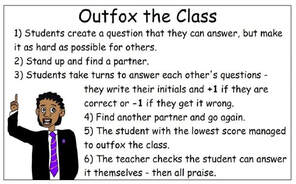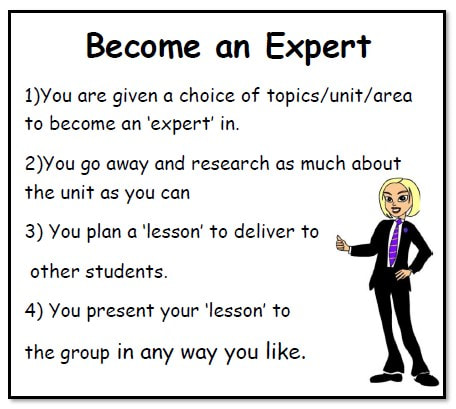

Balancing creativity and budget constraints is a common challenge faced by many artists, entrepreneurs, and creative individuals. From crafting a captivating marketing strategy to financing a groundbreaking artistic project, the constant tension between these two elements can feel overwhelming. This article explores the intricacies of this balancing act, offering practical strategies to make your creative endeavors both innovative and affordable. We will delve into the value proposition of your work, the importance of mindful resource management, and several funding avenues available to aspiring creators. This comprehensive guide will outline a step-by-step approach, helping you navigate this essential balance.
Understanding the Core Conflict: Creativity and Budget
The Tension Between Imagination and Resources
Creativity thrives in a fertile ground of imagination and exploration. However, the cost of materials, staffing, and other essential resources can quickly derail even the most promising creative visions. This fundamental conflict between creative impulses and fiscal realities underscores the importance of balancing these seemingly disparate forces. Balancing creativity and budget hinges on the ability to understand and appropriately manage the trade-offs. A crucial aspect of the equation is recognizing the value of your creative output and the value proposition it offers to your target audience. For instance, an artist might consider the premium market value of their artwork, or an entrepreneur might evaluate the potential return on investment (ROI) of a specific project.
The Value Proposition: What’s Your Unique Offer?
Consider carefully the value proposition you are offering with your creative work. Is it novel? Does it fill a gap in the market? Does it solve a particular problem for your audience? A clear and compelling value proposition can often justify the cost to potential investors. For example, a designer creating innovative software can highlight the time and effort saved for the user as part of their project proposal.
Strategic Planning for Budget-Conscious Creativity
Defining Your Creative Vision
Before embarking on any creative project, it’s essential to define your creative vision with laser focus. This includes clearly outlining the goals of the project, identifying the key objectives, and pinpointing the target audience. Detailed planning helps in estimating costs effectively, allowing you to craft a project proposal aligned with available resources. A well-defined vision also helps in prioritizing resources, ensuring that funds are allocated judiciously to the most critical aspects of the project. For instance, a writer might choose to use free stock photos rather than hiring a professional photographer.
Identifying and Exploring Funding Options
Alternative Funding Avenues
Finding creative solutions for funding can significantly impact the ability to maintain budget constraints. Alternative funding options include crowdfunding platforms, grants, loans from investors, personal savings, or even in-kind donations. A well-executed crowdfunding campaign, for example, can leverage the collective support of many individuals to raise funds needed for a project. Explore every possible avenue, from grants dedicated to the arts to micro-loans for small businesses. Research and connect with organizations that specialize in supporting creative endeavors.
Assessing Risk and Return
Understanding the potential risks and returns of different funding options is a vital step. Each option entails a unique set of obligations and liabilities. For example, seeking loans from investors may involve agreeing to specific milestones or adhering to the investor’s vision. Thorough due diligence can ensure that you choose a funding source that aligns with your creative vision and budget goals.
Optimizing Resources for Maximum Impact
Cost-Effective Materials and Tools
Identifying cost-effective alternatives for materials and tools can drastically impact your budget. This may involve using open-source software, exploring affordable materials, or collaborating with other artists on resource sharing. Instead of purchasing expensive professional-grade software, perhaps a cheaper and more functional alternative exists. These strategies can be particularly useful for individuals just starting out in the creative field. For example, exploring free online resources for graphic design software can significantly reduce upfront costs.
Measuring and Adapting to Stay Within Budget
Establishing Clear Milestones and Metrics
As your project progresses, it is essential to establish clear milestones and metrics to monitor your progress toward your defined goals. This allows you to remain mindful of the allocated budget and implement necessary adjustments proactively. For example, if a fundraising goal is not being met, it might indicate a need to refine the fundraising strategy or modify the project scope. Monitoring key metrics can allow for timely intervention and course correction as needed. Tracking costs against budgets allows for early identification of potential budget overruns, which can be critical in avoiding unforeseen financial setbacks.
Frequently Asked Questions
What is the most crucial factor in balancing creativity and budget?
The most crucial factor is carefully defining and prioritizing your creative vision. A clear vision allows for effective resource allocation, ensuring that funds are utilized efficiently and that the project remains aligned with your intended goals. This process involves identifying essential elements and cutting back on non-essentials to stay within budget. By focusing on what truly matters, you can minimize wasted resources while maintaining the integrity of your creative vision. Understanding the value proposition of your project and communicating that effectively to potential funding sources will also aid in attracting investment. This requires a careful balance between prioritizing impactful ideas and adhering to budget constraints, all in service of a clear creative vision.
How can I obtain funding for my creative projects on a budget?
There are numerous avenues to explore for obtaining funding for your projects. Crowdfunding platforms can provide a valuable way to raise funds through the collective support of many individuals. Explore grants that are dedicated to supporting creative endeavors. Don’t overlook potential loans from investors, or personal savings and in-kind donations. Remember, thorough research and a clearly communicated value proposition are critical in convincing potential investors or grant-awarding bodies to invest in your work. Consider the risks and potential returns of each option to make an informed decision. Be prepared to adapt your approach as needed based on the response and feedback from these various funding sources.
In conclusion, balancing creativity and budget constraints is a constant challenge for artists and entrepreneurs. However, by carefully considering your needs, exploring different funding options, and understanding the value proposition of your creative work, you can confidently navigate this balancing act. Remember to prioritize and refine your ideas to meet budget expectations. Ultimately, this balancing act requires a proactive approach, meticulous planning, and a willingness to adapt to unforeseen circumstances. Ready to unlock your creative potential while staying within budget? Let’s dive deeper into some practical strategies!